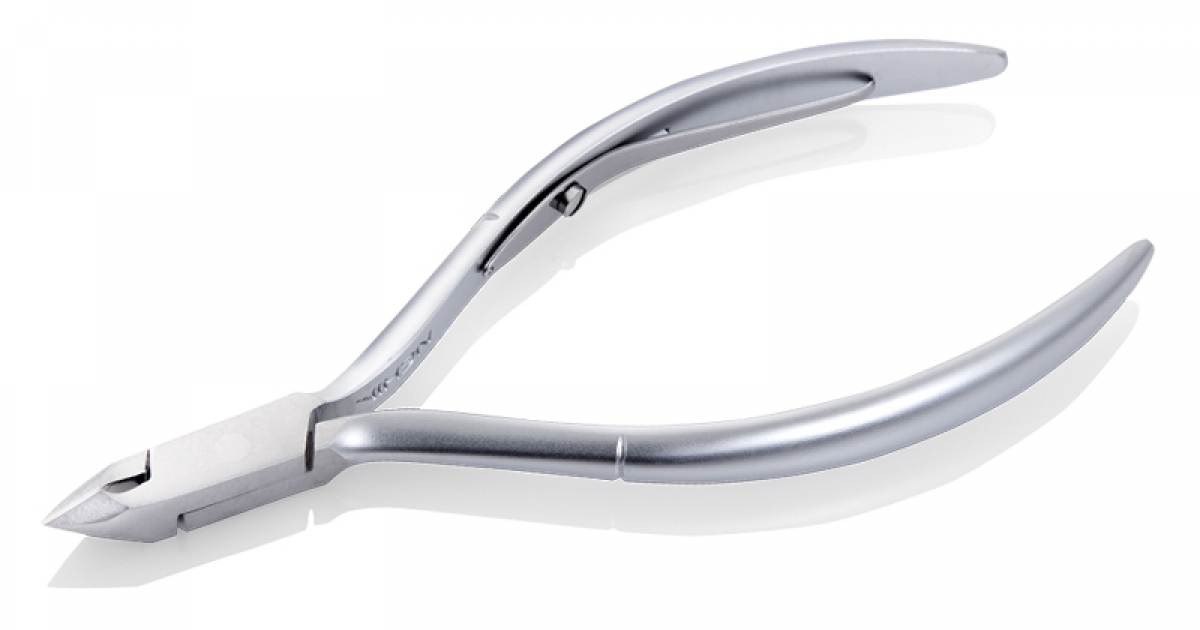The cell isolation market revolves around the process of separating specific cell types from a heterogeneous mixture, enabling researchers and clinicians to conduct detailed studies and develop therapeutic applications. This technique is fundamental in cell-based research, playing a pivotal role in drug discovery, cancer treatment, regenerative medicine, and stem cell research.
In 2023, the cell isolation market achieved a value of USD 11.04 billion. With an impressive CAGR of 18.7%, the market is projected to skyrocket to USD 51.53 billion by 2032. This exponential growth is a direct response to the increasing applications of cell isolation technologies across diverse sectors, ranging from academia to pharmaceutical R&D.
Key Market Drivers and Dynamics
1. The Rise of Personalized Medicine
The shift towards personalized medicine is one of the most transformative trends in healthcare today. In the realm of cell isolation, this shift is particularly pronounced in fields like oncology and regenerative medicine, where treatments are tailored to individual patient profiles. Cell isolation allows researchers to identify and analyze patient-specific cells, making it possible to develop more effective and targeted therapies.
- Case Example: CAR-T cell therapy, which involves isolating a patient’s T cells, engineering them to attack cancer cells, and reinfusing them back into the patient, is one of the most groundbreaking applications of cell isolation in personalized cancer treatment.
2. Technological Advancements Driving Precision and Efficiency
Advances in technology have revolutionized how cell isolation is performed. Automation has led to more streamlined workflows, reducing manual errors and increasing throughput. Microfluidics, a cutting-edge technology, allows for the manipulation of very small volumes of fluids, enabling highly precise cell isolation techniques.
- AI and Machine Learning: These technologies are increasingly integrated into automated systems, enhancing cell identification and selection processes. For example, AI algorithms are capable of learning patterns in cell populations, making isolation faster and more accurate.
3. Growth in Cancer Research
With the global incidence of cancer rising, researchers are focusing on developing novel treatments, many of which rely on cell isolation to study and manipulate cancer cells. Cell isolation technologies are essential for understanding the tumor microenvironment, enabling the development of therapies that target specific cancer cells without affecting healthy tissues.
- Stem Cell Therapies and Immunotherapy: In cancer research, stem cells and immune cells like T cells are frequently isolated for therapeutic applications. These treatments are rapidly evolving and driving demand for more efficient and scalable cell isolation methods.
Trending Information: Emerging Technologies and Key Developments
1. Automation and AI-Driven Innovation
The future of cell isolation lies in automation and artificial intelligence. Fully automated systems are capable of performing multiple steps in the cell isolation process, reducing the need for manual intervention. For example, technologies that integrate fluidics with AI can simultaneously isolate multiple cell types, analyze them, and provide actionable insights.
- Impact: Automation is not just improving accuracy but is also making high-throughput cell isolation more accessible. This is critical in large-scale studies, such as clinical trials, where the isolation of cells from thousands of samples can be time-consuming without advanced automation.
2. Rising Focus on Stem Cell Research
Stem cell research has entered a golden era. The unique ability of stem cells to differentiate into various cell types makes them a cornerstone of regenerative medicine. Stem cells are being used to develop treatments for conditions like Parkinson’s disease, diabetes, and spinal cord injuries. Cell isolation technologies are indispensable in isolating these stem cells from diverse tissues for both research and clinical applications.
- Example: Induced pluripotent stem cells (iPSCs) are gaining attention because of their potential to develop into any cell type. Efficiently isolating these cells from blood or skin samples has become a focus area in stem cell research.
3. Expansion in Immunotherapy and CAR-T Cell Treatments
Cell isolation techniques are essential in immunotherapy, particularly in the development of CAR-T cell therapies, where patient-specific T cells are genetically modified to combat cancer. This process relies heavily on isolating T cells from a patient’s blood, which are then engineered and reintroduced to target tumor cells.
- Example: The success of CAR-T therapy for cancers like leukemia has prompted increasing research into cell-based immunotherapies, further driving the need for innovative and reliable cell isolation technologies.
Challenges in the Market
1. High Costs of Advanced Cell Isolation Technologies
Although the demand for cell isolation technologies is high, the associated costs can be prohibitive, especially for small research labs or healthcare facilities in developing regions. Advanced systems, such as flow cytometers and magnetic-activated cell sorting (MACS) machines, require significant upfront investment and maintenance costs.
- Potential Solutions: Companies are increasingly focused on developing cost-effective solutions without compromising on quality. Innovations like disposable isolation kits are helping to bring down costs for smaller labs and academic institutions.
2. Regulatory and Ethical Concerns
As with any process that involves human or animal cells, regulatory and ethical issues are at the forefront. Cell isolation technologies that work with stem cells, particularly embryonic stem cells, face strict regulatory scrutiny. Adhering to ethical standards while continuing to advance research is a delicate balance for companies in this space.
- Impact: Companies must navigate the complex regulatory landscape to ensure compliance with ethical guidelines, particularly when working with human tissues.
3. Skilled Workforce Requirement
Advanced cell isolation techniques require a highly skilled workforce to operate sophisticated equipment and interpret data. The shortage of skilled technicians and researchers can limit the adoption of these technologies in certain regions or sectors.
- Future Outlook: The increasing automation of cell isolation technologies may help alleviate the need for highly specialized skills, making these systems more accessible.
Market Segmentation and Regional Insights
The cell isolation market is segmented into different categories to provide a more granular understanding of its growth dynamics:
- By Product: Instruments like centrifuges, flow cytometers, and magnetic separators are widely used in cell isolation. Consumables such as reagents and isolation kits also hold a significant share of the market.
- By Technique: Techniques such as centrifugation, surface marker separation, and filtration are the backbone of cell isolation. Innovations in these techniques are focusing on increasing specificity and efficiency.
- By Application: Major applications include cancer research, stem cell therapies, drug discovery, diagnostics, and regenerative medicine.
- By End-User: Research laboratories, hospitals, and biotech companies are the primary end-users driving demand.
Regional Analysis:
- North America: Dominates the market with advanced healthcare infrastructure, a robust R&D ecosystem, and significant government funding for biotechnology research.
- Europe: Sees steady growth due to increasing investments in biotechnology and stem cell research. Countries like Germany and the UK lead in market share.
- Asia-Pacific: Expected to witness the fastest growth, particularly in China and India, where government initiatives and increasing healthcare expenditure are fueling the demand for cell isolation technologies.
Competitive Landscape
Key players in the market, including Thermo Fisher Scientific, Becton, Dickinson and Company, Cytiva, and Merck KGaA, are driving innovation through acquisitions, collaborations, and product developments. These companies are focusing on developing more efficient cell isolation systems and expanding their product portfolios to cater to a wider range of applications.
- Recent Developments:
- Thermo Fisher Scientific has recently invested in automated cell isolation technologies, enabling higher throughput and faster results for clinical trials.
- Becton, Dickinson and Company has focused on expanding its portfolio of consumables, which are crucial for supporting ongoing research.
Future Outlook and Opportunities
The future of the cell isolation market holds immense potential:
- Emerging Markets: There are significant opportunities in developing countries where investments in healthcare infrastructure are increasing. Expanding into these regions offers companies a chance to tap into new markets.
- Technological Innovations: Advancements in AI, automation, and microfluidics are poised to revolutionize the efficiency and accuracy of cell isolation. As these technologies mature, they will make high-quality cell isolation more affordable and accessible.
- Regenerative Medicine: With an expanding scope for regenerative therapies, including stem cell treatments, the demand for reliable cell isolation techniques is expected to grow exponentially in the coming decade.








